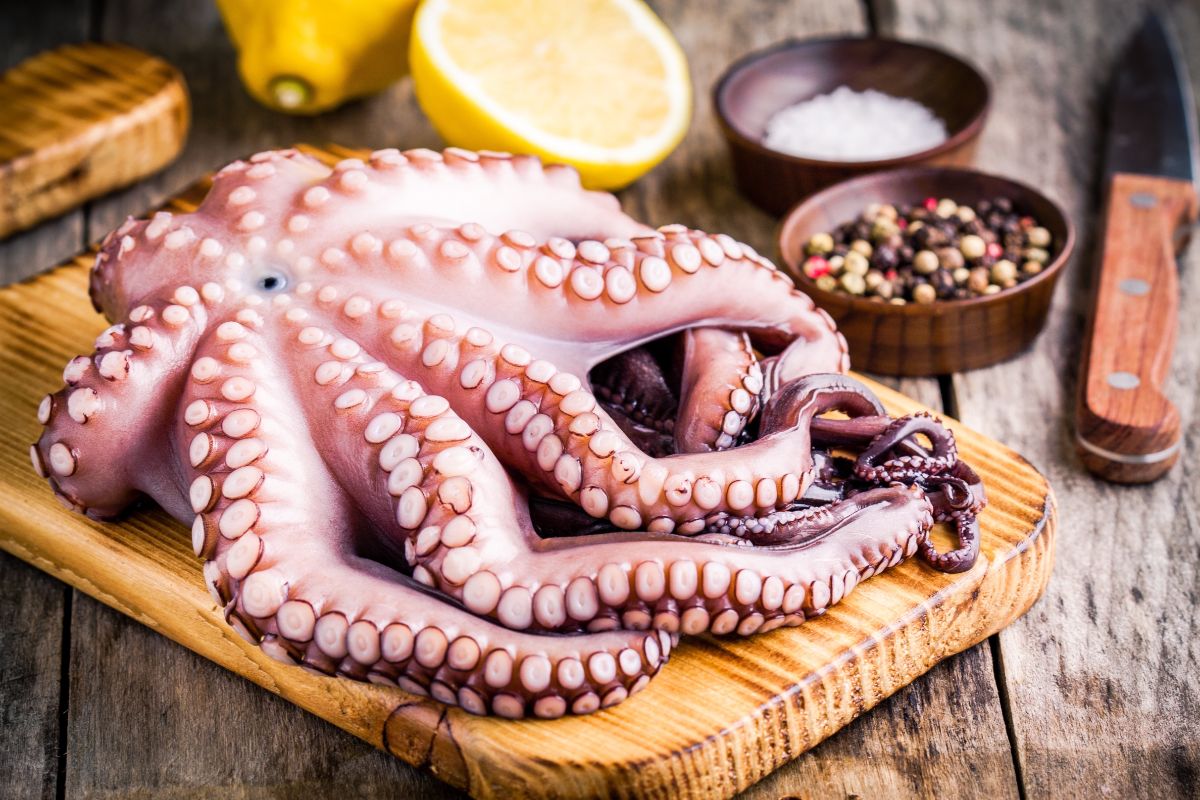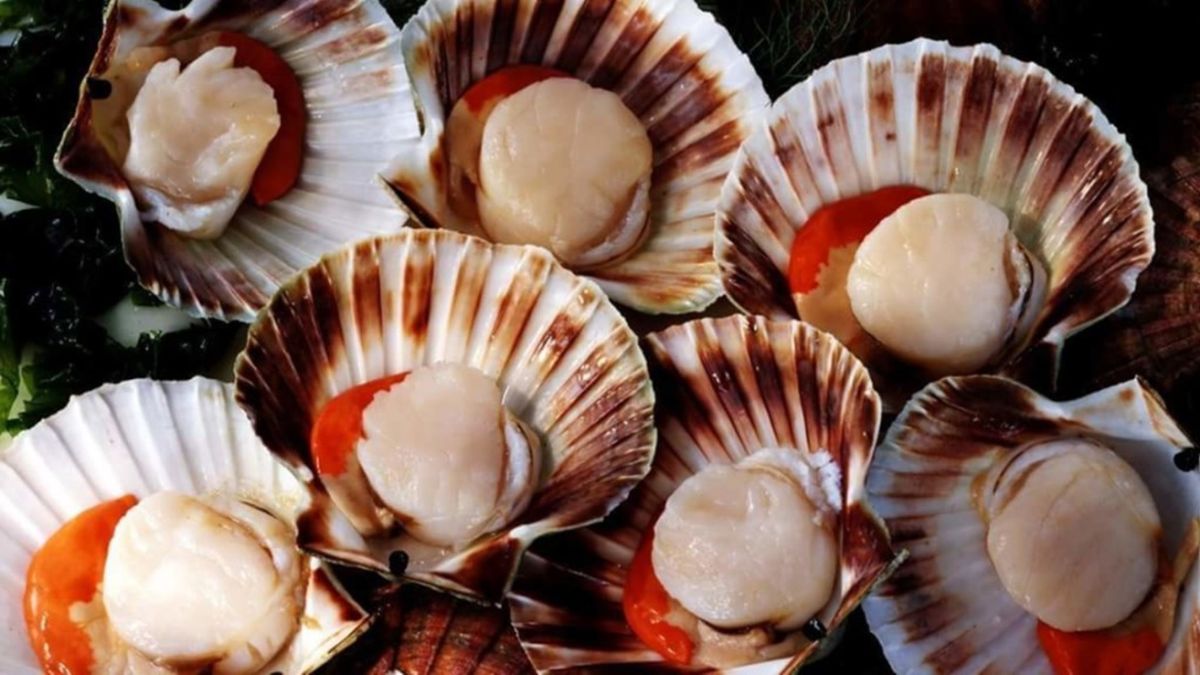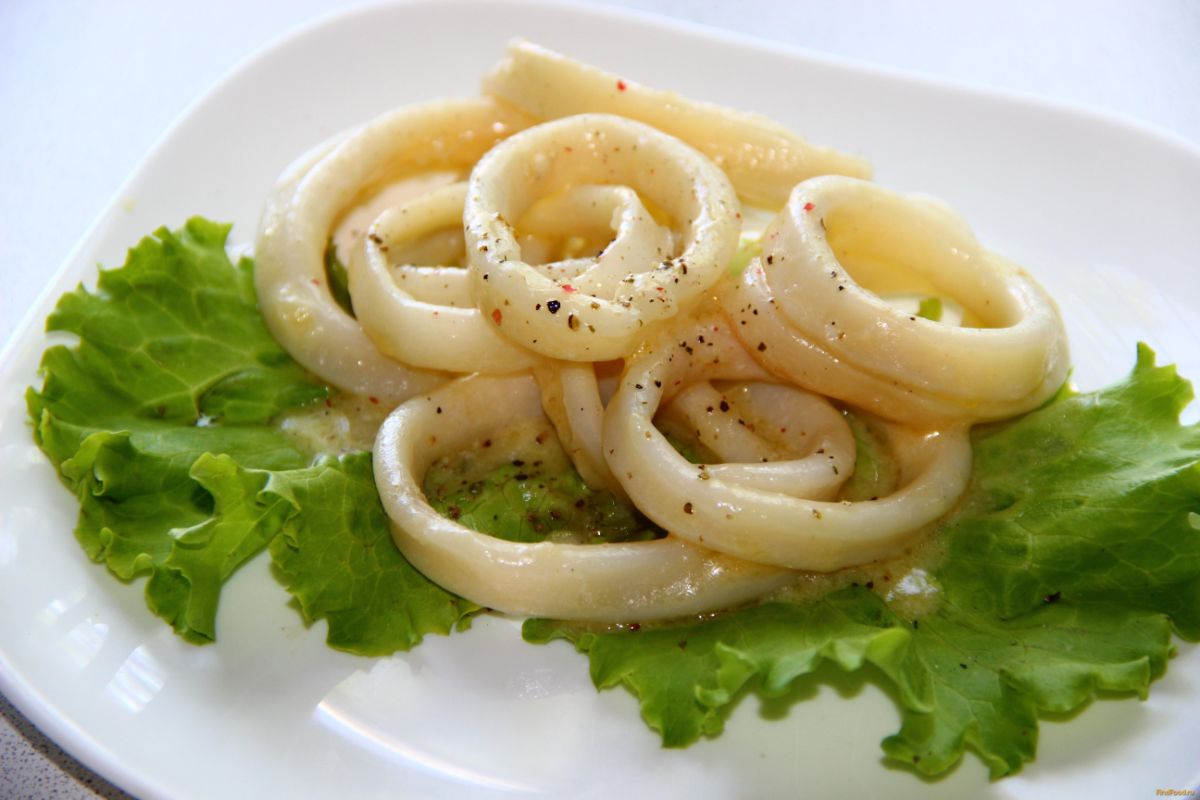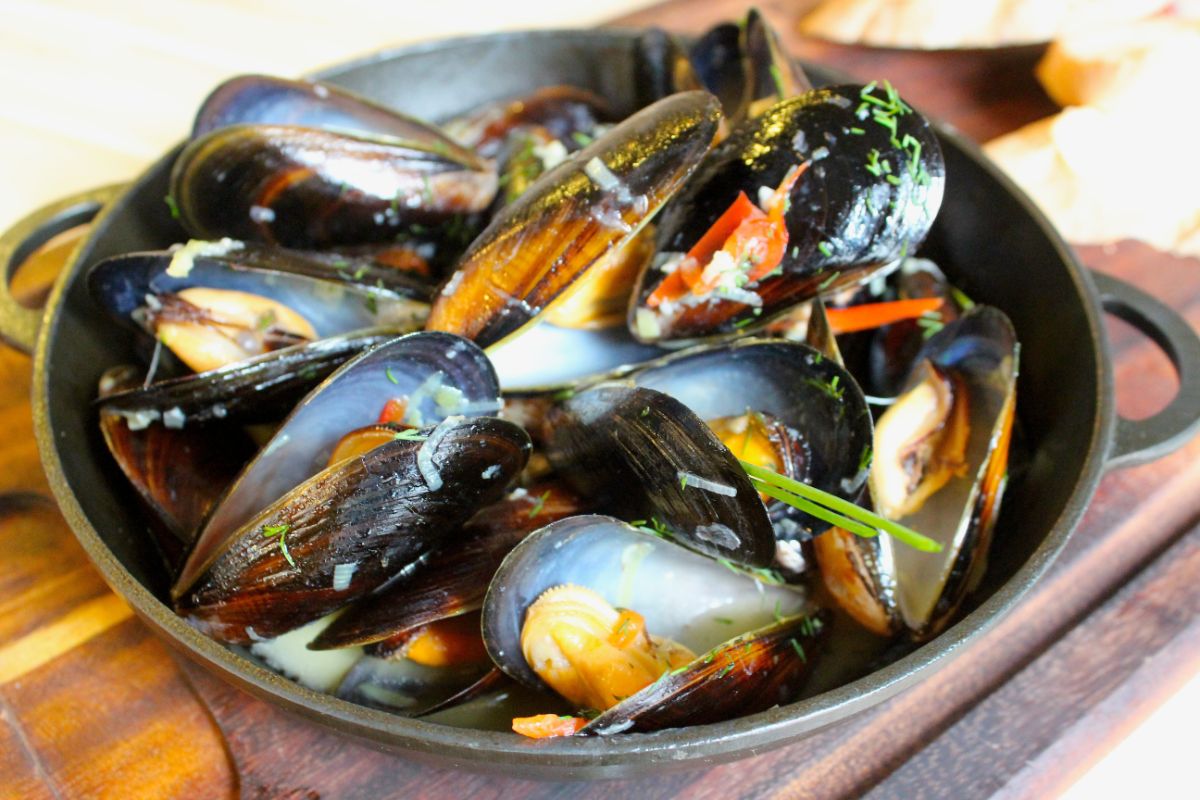5 beneficial properties of rapans for human health
Rapans are predatory marine mollusks that feed on oysters and mussels. They are common in the Black, Azov and Mediterranean seas.
Their meat is widely used in cooking and contains many vitamins, minerals, valuable proteins and even omega-3 fatty acids.
Scientists claim that rapans have a number of beneficial properties for humans: from improving potency to maintaining the functioning of the brain and hematopoietic system.
5 useful properties
Below are 5 facts about the benefits of rapanes, which are confirmed by scientists.
1. Rich composition
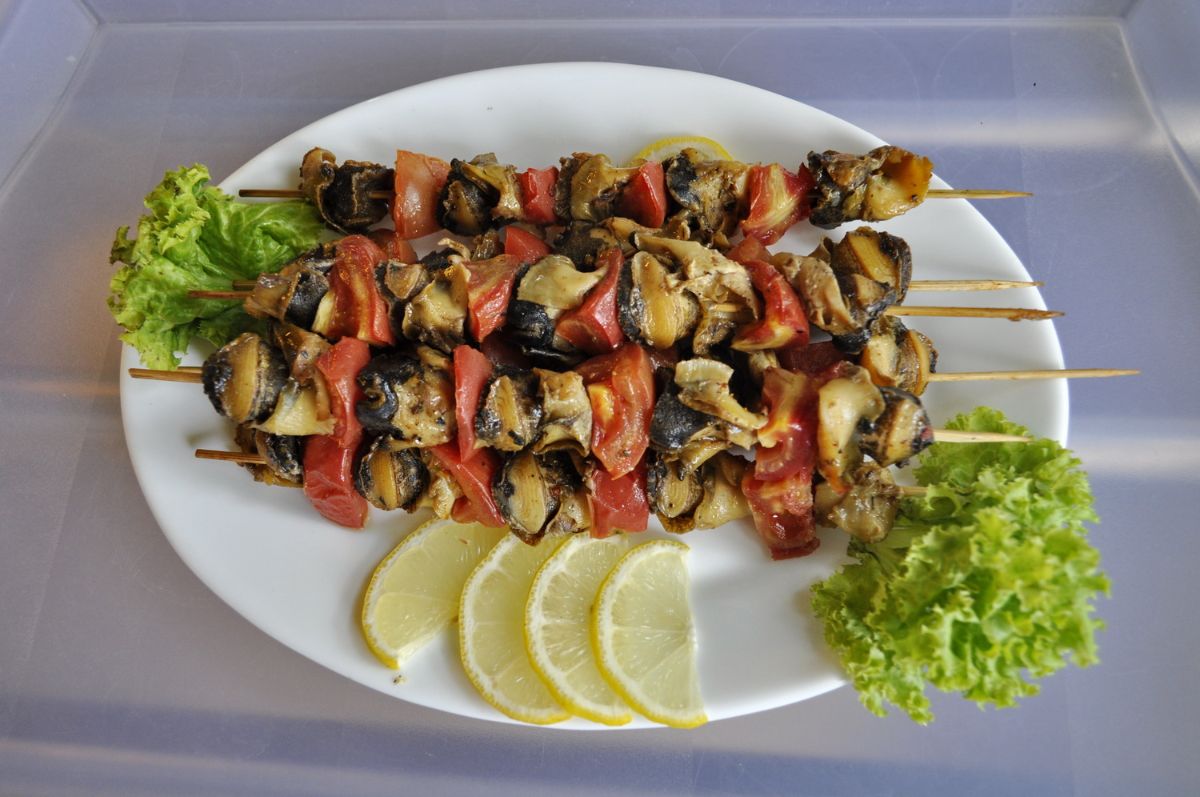
Rapan meat contains valuable proteins (16.7 grams per 100 grams) and fats (1.1 grams per 100 grams).
At the same time, it has a low calorie content (77 calories per 100 grams).
Rapan also contains a large amount of calcium, magnesium, iron, and group vitamins B (especially B12) and C.
Special attention should be paid to the high concentration of omega-3 fatty acids, the use of which is associated with a lot of benefits: from maintaining the health of the cardiovascular system to cancer prevention.
2. Weight loss Assistance
 As already mentioned, rapan is a high–protein product.
As already mentioned, rapan is a high–protein product.
According to the information experts from the USA, the inclusion of such seafood in the menu is associated with faster weight loss (even with the constant calorie content of the daily diet).
The abundance of proteins causes rapid mechanical stretching of the stomach tissues and promotes the production of the hormones "satiety" &8212; cholecystokinin and peptide YY. As a result, the hunger centers in the brain are suppressed, and the craving for food weakens for several hours.
Also proven that high-protein foods accelerate the breakdown of adipose tissue cells in order to obtain energy for the needs of the body.
3. Maintaining brain function
 Rapan meat is a source of vitamin B12 and omega-3 polyunsaturated fatty acids.
Rapan meat is a source of vitamin B12 and omega-3 polyunsaturated fatty acids.
These substances have a complex effect on the functional activity and organic integrity of nerve tissues, reducing the risk of developing neurodegenerative diseases.
British scientists discovered that rapanes, due to the presence of omega-3 fatty acids in the composition, are able to prevent the appearance of Alzheimer's disease and Peak.
With regular consumption of predatory shellfish, mental and cognitive disorders are less common (decrease of memory , attention and thinking) of character.
An additional advantage of rapan meat is the ability to reduce the concentration of homocysteine in the blood, excessive concentration of which increases the risk of developing mental disorders several times.
Works of Indian scientists demonstrate that low vitamin B12 intake by pregnant women leads to delayed psychomotor development of children in the first 9 years of life.
4. Prevention of anemia
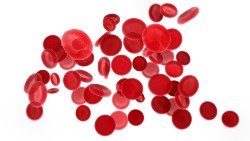 Anemia is a common phenomenon in the modern world.
Anemia is a common phenomenon in the modern world.
Most often cause anemia is a deficiency of iron or vitamin B12 in the body due to various disorders (poor nutrition, pathology of the gastrointestinal tract and hematopoietic system, persistence of worms, prolonged bleeding, etc.).
Black Sea rapans are rich sources of both iron and vitamin B12. They can be used to fill the deficit for the prevention and even therapy of anemic conditions.
5. Maintaining sexual function
 According to the data
Italian specialists, proper nutrition is the foundation for maintaining potency at the proper level.
According to the data
Italian specialists, proper nutrition is the foundation for maintaining potency at the proper level.
Sea rapans, being the key components of the Mediterranean diet, are rich not only in valuable proteins and fatty acids, but also in a number of important vitamins and minerals that are necessary for the prevention and therapy of potency disorders in men.
Possible harm
 Scientific sources do not describe proven facts of the negative effect of rapan meat on the health of the body.
Scientific sources do not describe proven facts of the negative effect of rapan meat on the health of the body.
Considering the range of the marine animal and the characteristics of the composition, it is possible to assume the probability of developing the following side effects:
- Poisoning. Rapana, like any seafood , are capable of accumulating mercury and other heavy metals that are toxic to humans.
- Infection with helminths and bacterial agents. Rapan's body is a potential "home" for many bacteria and parasites (tapeworms and roundworms). With inadequate heat treatment of meat, the risk of infection is high.
- Dyspeptic disorders. Are caused by protein overload of the gastrointestinal tract and manifest themselves in the form of bloating, spastic pain, stool disorders, heartburn.
- Allergic reactions.
The inclusion of rapans in the diet of children and pregnant women should be approached with extreme caution.
Rules of selection and preparation
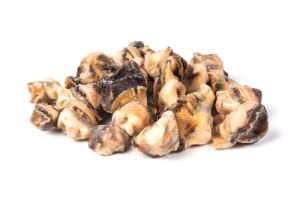 It is recommended to buy exclusively freshly frozen rapans, as they are quite difficult to deliver them in fresh form to areas remote from the sea. There are no chilled rapans at a distance of more than 300 km from the water spaces. They were just unfrozen.
It is recommended to buy exclusively freshly frozen rapans, as they are quite difficult to deliver them in fresh form to areas remote from the sea. There are no chilled rapans at a distance of more than 300 km from the water spaces. They were just unfrozen.
High-quality rapans should be:
- Of the same size;
- Intact (there are no defects, dark and light spots on the sink);
- Odorless (the presence of an odor, especially fishy, is a clear sign of the spoilage of the product).
The second important stage is the extraction of rapan from the shells (in most cases they are sold without it). To do this, it is enough to defrost the product and carefully (using a knife) separate the contents from the sink.
There are many ways to cook rapan. They are great for soups and salads. It goes well with mushrooms, lemon or pomegranate juice, pasta and rice. The taste of the meat is comparable to sturgeon fish and squid.
The most useful heat treatment option is cooking. It is necessary to:
- Fill the meat with water.
- Put on fire. Bring to a boil.
- Simmer for 5-8 minutes.
- Turn off the stove and let it cool for about 15 minutes. The product is ready.
Conclusion
- Thus, rapans are a source of high–quality protein and fats, a number of valuable vitamins and minerals.
- They are a component of a healthy Mediterranean diet, the followers of which are distinguished by a high life expectancy.
- Rapan meat is able to support potency, helps in reducing body weight, improves the functioning of the hematopoietic and central nervous systems.
